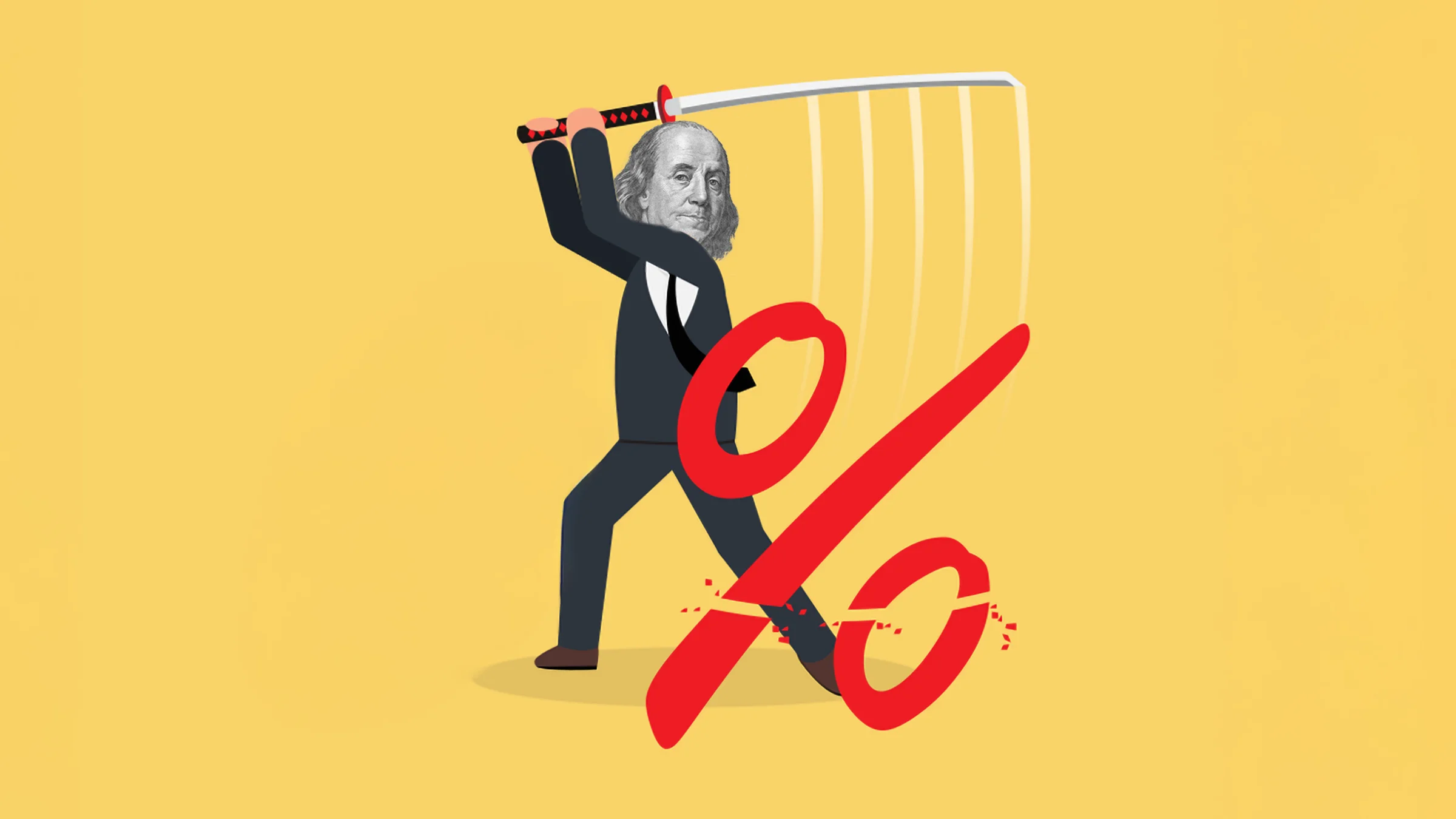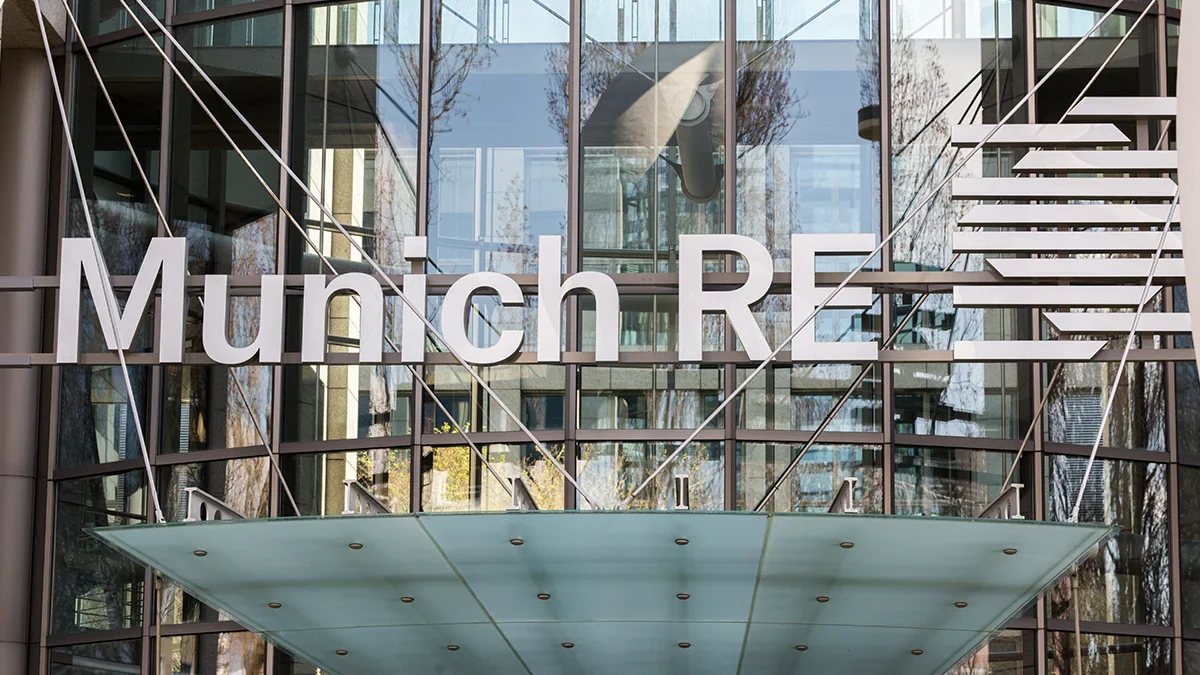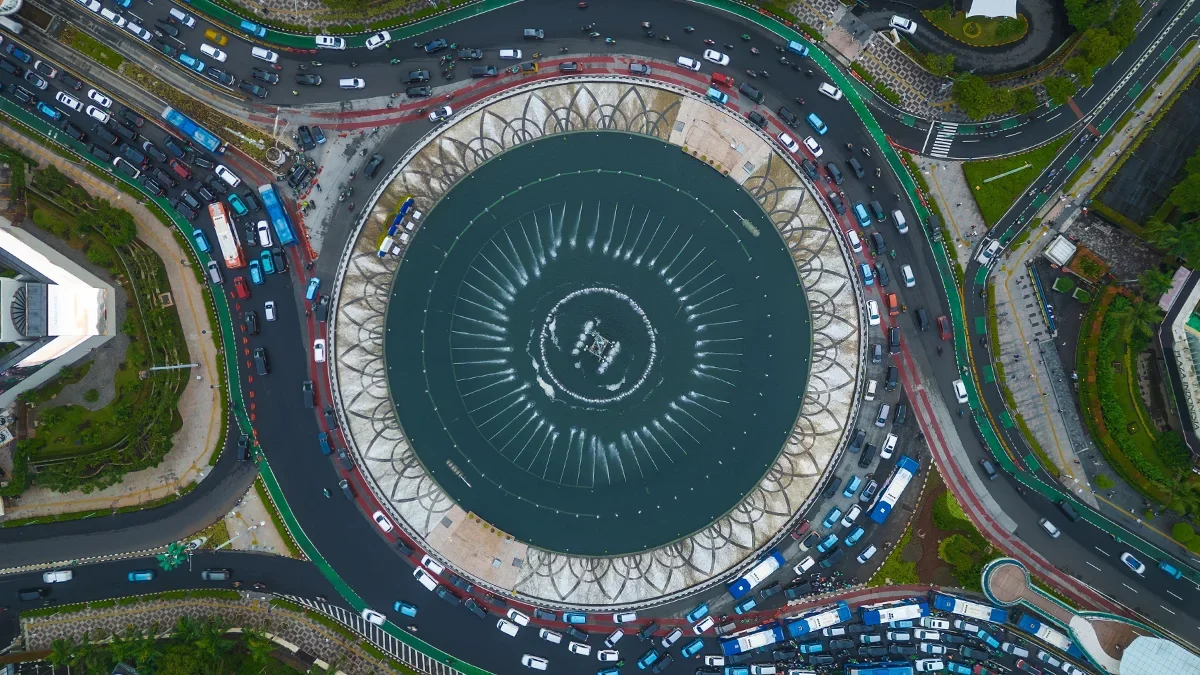(Re)in Summary
• The first US interest rate cut in more than four years will hit insurers’ investment returns.
• This may increase pressure for insurers to bolster technical underwriting profits.
• Reinsurance is one way that insurers can look to get risk off their books – but reinsurers need to make a profit too.
• A lot of this will depend on what happens during the renewals: will rates stay flat or decline?
• There is a debate taking place, especially in Asia, about whether too much risk is being retained. Falling interest rates will feed into this debate.
The start of the US rate cutting cycle may encourage greater demand for reinsurance in Asia Pacific – but this will also depend on what happens during the forthcoming renewals season.
The US Federal Reserve cut interest rates by half a percentage point at its meeting on September 18, a sharper decrease than initially anticipated. Federal fund rates now sit between 4.75% and 5%.
Falling interest rates reduce the opportunity cost of capital, eroding the buffer between insurers’ technical underwriting results and overall profitability.
“The interest rate has been high for a few years, and that is why insurers and pension funds have been able to get decent yields from their investment vehicles,” says Kenrick Law, Regional Chief Executive of Allianz Re. “Now that interest rates are coming down, insurers will be looking at how this impacts their profitability and reassessing their reinsurance positions.”

Kenrick Law
Regional Chief Executive of Allianz ReThis is particularly relevant to APAC – a region where reinsurers have long had a concern about lax underwriting discipline. This was a point that Renaud Guidée, chief executive of Axa XL for reinsurance, made during the annual SIRC (re)insurance conference last year.
Reinsurers report that, following the global reinsurance “reset” at the 2023 renewals, underwriting discipline in APAC has markedly improved. Falling interest rates will reinforce this trend.
Diminishing returns
Over the past few years, many insurance companies have managed to earn a return-on-equity well in excess of 10%, significantly boosting profit. A lot of this has been due to rising interest rates, which increase asset valuations.
As this trend reverses, insurers will have to rely more on results from their underwriting capabilities than from investments. This may mean a greater reliance on reinsurance markets to help offset some of the risk.
Furthermore, falling US interest rates have historically led to increased capital flows into APAC, boosting regional economies. Should this cycle follow the same pattern, increased demand for insurance products may follow.
Thailand is a good example of how movement in US interest rates can impact the domestic insurance market.
“The high-interest rate environment means the economy has been suppressed during the last two years, so the size of the pie for insurers has stayed the same even as competition has increased. This has led to poor results in the market,” says Law.
A complex picture
US interest rates started to rise in March 2022, climbing rapidly from 0.5% to 5.5% in just 15 months.
Clarence Wong, Chief Economist at Peak Re, says that this sharp increase took its toll on the profit-and-loss accounts of many insurance companies, with high volumes of unrealised losses being registered.
“If we now have a reversal of that happening, this could mean that there will be a boost to the industry’s capital. This could see greater flows into the reinsurance market,” says Wong.
However, the economist concedes that the unfolding picture is a complex one, making it difficult to predict how things will eventually turn out.
For one thing, although more than anticipated, the half-percentage point rate cut is far less severe than the 5% rise experienced just a few years earlier.
“We’ll have to see what further rate cuts are in store, but it may be that the impact to accounting is much smaller than last time,” says Wong.

Clarence Wong
Chief Economist at Peak ReCarlos Wong-Fupuy, Senior Director of Analytics at AM Best, broadly agrees.
“Yes, there has been a rate cut, but the level is still much higher than it was a few years ago,” says Wong-Fupuy. “For reference, between 2017 and 2021, (re)insurers were on average producing return-on-equity of around 5%. This is what many investors these days can get virtually risk-free.”
Further rate cuts of a similar magnitude to the one that took place in September might put greater pressure on insurers, but it would also “send a very strong signal to markets that the Fed is concerned about a recession”, says Peak Re’s Wong.
He adds: “This would have a significant impact on the profitability outlook of the (re)insurance industry, since the demand for insurance products would be curtailed. Insurers therefore need to look beyond the headline figures and look at what are the drivers that explain the falling interest rates.”

Carlos Wong-Fupuy
Senior Director of Analytics at AM BestInto the 1/1 renewals
The extent to which declining interest rates translates into greater use of reinsurance depends, to a large extent, on what happens during the 1/1 renewals in January.
Discussions at Monte Carlo in September suggest that insurance rates during the renewals are likely to remain relatively flat, with down pressure in certain areas.
“We have seen some indication that the market is softening in certain areas, and this could happen more prominently during the 1/1 renewals,” says Wong. “This isn’t just about pricing. It’s also about attachment points, scope of coverage and shifting from quota share to excess of loss. There have been some changes in the market over the last two or three years, and all of these have an impact on profitability.”
Clarence Wong
Chief Economist at Peak ReThe other dynamic is that reinsurers, too, need to make a profit – and falling interest rates will also hit their capital positions. For several years prior to 2023, reinsurers struggled to meet the cost-of-capital, as claims outstripped premiums. Now that the tide has turned, reinsurers have much healthier balance sheets. However, mindful of lessons from the past, they are also likely to be more cautious about using their capital positions to support poor underwriting positions.
Wong says that reinsurers are now “more focused on balance sheet protection for primary insurers rather than protecting the profit-and-loss account, as might have been the case in the past”.
Insurers will be thinking about all of these points – and not just falling returns – as they reflect on how much business to cede to reinsurers.
On the sidelines of Monte Carlo, Tony Gallagher, Chief Executive Officer for Asia at Guy Carpenter, suggested that high reinsurance rates has led to a higher proportion of risk being retained by insurers, especially in APAC.
Declining interest rates is one more reason to think about the need to rebalance.














